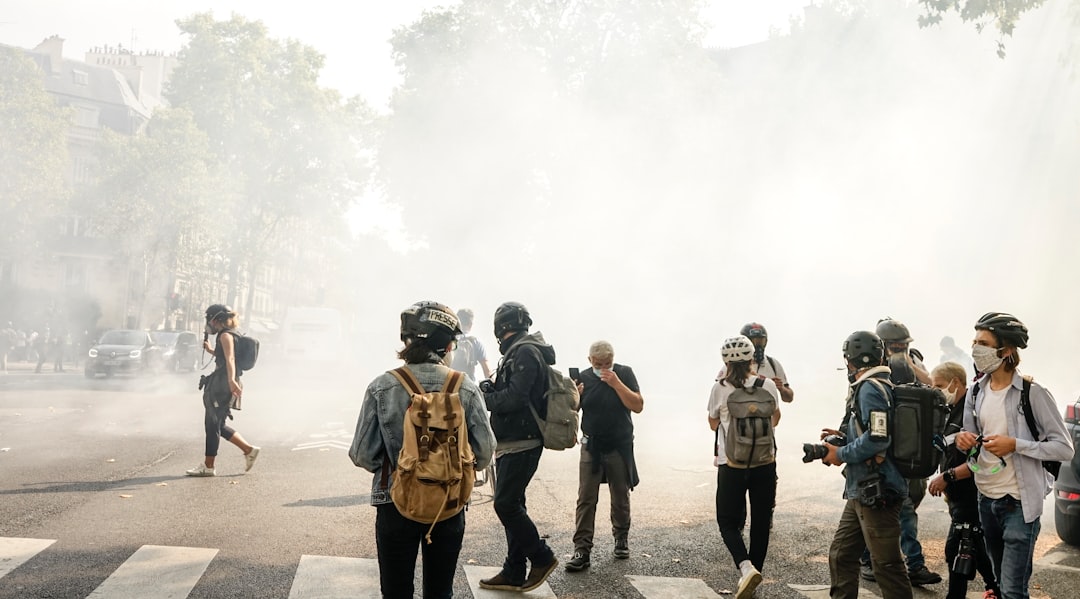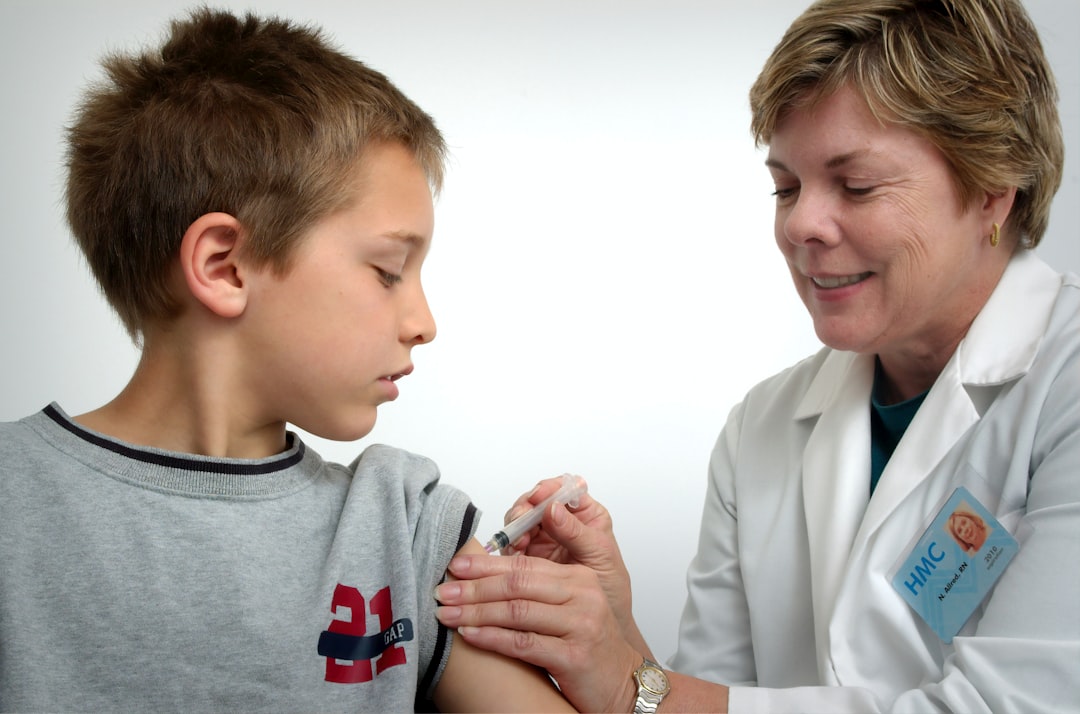**The use of tear gas and rubber bullets is often seen as a means to control violence, but what do these tools actually do to the human body?** In today’s world, clashes between protestors and law enforcement are not uncommon. The tools deployed by law enforcement in these scenarios aim to disperse crowds without resorting to lethal force. Among these, tear gas and rubber bullets are some of the most commonly used. However, the impact of these tools on the human body is profound, often inflicting both immediate and long-term harm that is not always visible to the naked eye.
Tear gas, though often presented as a less-lethal option, carries significant health repercussions. Chemically known as CS gas, its primary function is to irritate membranes, causing tearing, coughing, and severe discomfort. When deployed, tear gas disperses as an aerosol in the air, entering the respiratory system and causing a burning sensation in the eyes, throat, and skin. This agent is designed to incapacitate individuals quickly, causing them to leave the area or become unable to resist.
However, beyond these immediate effects, prolonged exposure to tear gas can lead to more serious respiratory issues, such as acute lung injury or chronic bronchitis, particularly in those with pre-existing conditions like asthma. There are also findings suggesting potential links to long-term health issues, including the aggravation of conditions like sinusitis or even glaucoma over extended durations. The International Journal of Environmental Research and Public Health raises concerns regarding chemical injuries at a cellular level, indicating that regular exposure may lead to more pervasive health impacts.
Rubber bullets, another crowd control measure, are considered a less-lethal projectile, typically made of rubber-coated steel or a similar pliant material. Their purpose is to incapacitate or deter without penetrating the skin or causing permanent damage. However, the safety of rubber bullets is often overstated. When fired at close range or aimed improperly, these bullets can cause serious injuries including fractures, internal bleeding, and in some instances, can even be fatal.
This often-overlooked severity comes from the kinetic energy of the projectile. If a rubber bullet hits sensitive areas like the head or neck, it can result in traumatic brain injuries, concussions, or eye injuries leading to permanent vision loss. A study published in BMJ Open has challenged the idea of ‘non-lethal’, noting a significant number of injuries related to the use of rubber bullets that require medical attention or result in disability.
The use of rubber bullets also raises ethical questions about the assessment of ‘necessary force’ and ‘acceptable risk’, especially in densely packed protests where the likelihood of severe injury increases.
A major concern with both tear gas and rubber bullets is their non-selective nature. They do not distinguish between rioters or peaceful protestors, adults or children. In densely populated events, the risk of causing severe harm becomes a pressing ethical issue.
The World Health Organization (WHO) advocates for stringent guidelines on the use of crowd control measures, urging caution especially in vulnerable or high-density contexts. Human rights organizations continuously stress the need for law enforcement agencies to reconsider the deployment of these tools, pointing out that their non-lethal categorization should not overshadow the real, sometimes irreversible, damage they cause.
As societal and political responses evolve, so too should the measures utilized in upholding law and order. There is a pressing need for research-driven methods that uphold human rights while effectively managing public order. Investing in alternative training or technologies that reduce harm could lead to more effective and humane outcomes in protest management.
These insights prompt us to reconsider our acceptance of certain ‘standard practices’ in crowd control. While tear gas and rubber bullets may offer short-term resolutions, their implications for health and society call for thoughtful discourse and reform.
Insight Report
Tear Gas
















Leave a Reply